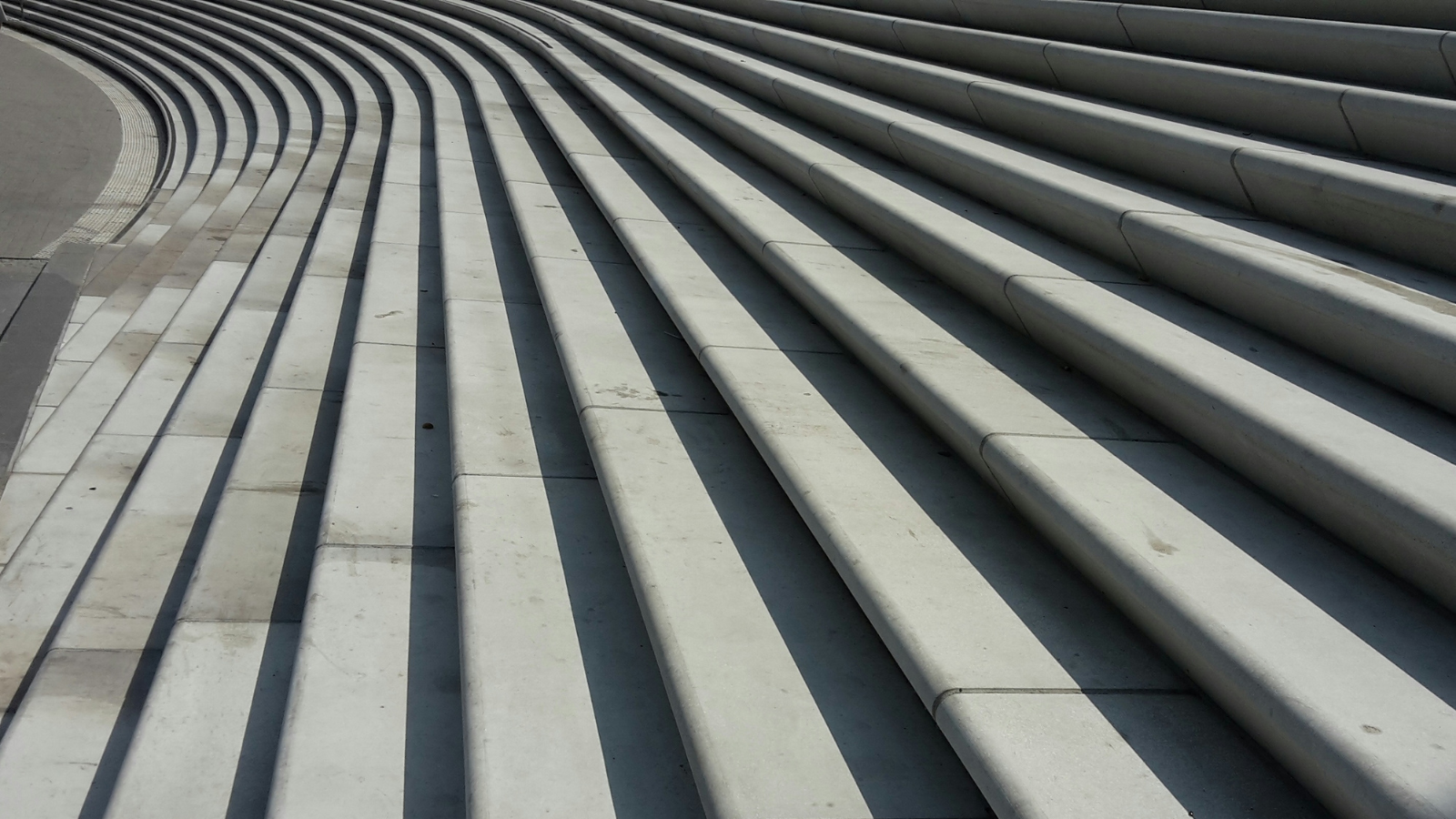Report – Harmonise to decarbonise: A review of European concrete standards

The challenge of decarbonising is not technological but regulatory. Safe, scalable, and low-carbon solutions exist - and standards have the potential to make them the norm. However, current standards are preventing these solutions from market entrance.
It is widely accepted that shifting from recipe-based to performance-based cement and concrete standards is needed to ensure a level-playing field for all products and technologies. However, this report highlights another, possibly less well known, barrier to decarbonisation: the fragmented European market for concrete products.
The lack of harmonisation of the main European concrete standard (EN 206) creates significant barriers to trade for low-carbon cement and concrete. This standard covers all types of concrete and nearly all types of precast concrete, providing recommendations on how to safely produce it. However, it’s non-harmonised nature means that all national standardisation bodies can – and typically do – deviate from the general recommendations in their national concrete standards. This creates a flawed internal market and a significant barrier for rapid decarbonisation. A harmonised European concrete standard has the potential to fix this and make low-carbon concrete the norm, ensuring that solutions are deployed at a much faster rate.


